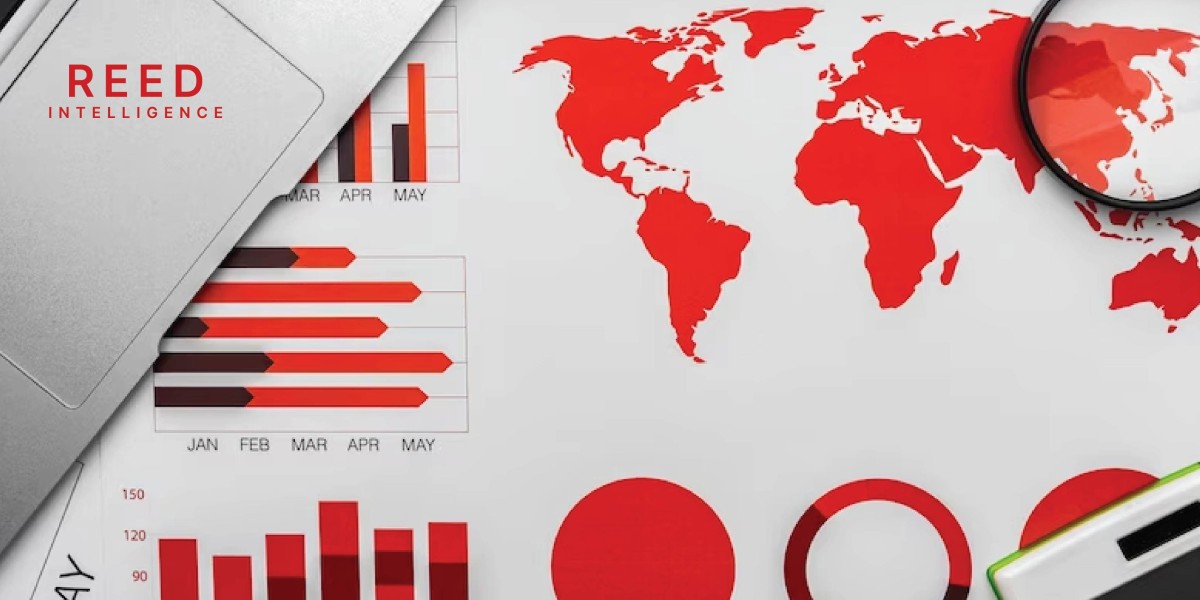In the dynamic realm of technology, the concept of the Internet of Things (IoT) has revolutionized how we engage with our surroundings. IoT involves connecting everyday objects to the internet, enabling them to send, receive data, communicate, and operate autonomously. As the IoT landscape rapidly expands, developers, including our leading Flutter development company, are innovating ways to craft seamless, user-friendly interfaces for these intelligent devices. Flutter, Google's open-source UI framework, stands out as a robust tool for constructing captivating and functional IoT applications. These applications not only facilitate user-device interaction but also align with the ever-evolving possibilities of the interconnected world.
The Convergence of Flutter and IoT
Flutter, initially designed for mobile app development, has evolved to accommodate a broader spectrum of platforms, including web and desktop. Its adaptability and expressive user interface design principles make it an ideal candidate for IoT applications. By harnessing Flutter's capabilities, developers can create unified user experiences across various devices, making the control and monitoring of IoT devices intuitive and engaging.
Benefits of Using Flutter for IoT Applications
Consistency Across Devices: Flutter's "write once, run anywhere" approach ensures that the same codebase can be used to create interfaces for multiple platforms. This means that whether users interact with an IoT device through a mobile app, web interface, or desktop application, the experience remains consistent.
Expressive UI Design: Flutter offers a rich set of customizable widgets that empower developers to craft visually appealing and interactive user interfaces. This is crucial for IoT applications, as it enables users to effortlessly manage complex operations and data visualization.
Rapid Development: Flutter's hot reload feature allows developers to make real-time changes to the code and instantly see the results. This feature significantly speeds up the development cycle, enabling quicker iterations and fine-tuning of IoT app interfaces.
Performance: Flutter's unique architecture eliminates the need for a JavaScript bridge, resulting in improved performance compared to some other cross-platform frameworks. This is particularly advantageous for real-time interactions and data processing in IoT applications.
Integration with Backend Services: Flutter can seamlessly integrate with various backend services and APIs, enabling IoT applications to communicate with cloud platforms and databases. This integration is essential for managing data, sending commands to devices, and monitoring their status remotely.
Building a Flutter IoT Application: Key Considerations
When embarking on the journey of developing IoT applications using Flutter, there are several important factors to keep in mind:
Device Compatibility: IoT devices vary in terms of hardware capabilities, screen sizes, and input methods. Design your Flutter app's UI to accommodate these differences and ensure a seamless experience across various devices.
Data Visualization: IoT applications often deal with data streams, analytics, and visual representation of information. Leverage Flutter's charting libraries and customizable widgets to effectively display data in a visually comprehensible manner.
Real-time Communication: Since IoT devices often require real-time communication with the app, consider using Flutter's WebSocket support or integrating with MQTT (Message Queuing Telemetry Transport) for efficient data exchange.
User Authentication and Security: IoT applications handle sensitive data and control over devices. Implement robust user authentication mechanisms and ensure that data transmission is encrypted to maintain user privacy and security.
Offline Functionality: IoT devices might sometimes operate in environments with limited connectivity. Design your Flutter app to handle offline scenarios gracefully, allowing users to interact with and control their devices even when offline.
Remote Device Management: Consider implementing features that allow users to remotely manage and configure their IoT devices through the Flutter app. This could involve sending commands, receiving device status updates, and adjusting settings.
Use Cases of Flutter in IoT Applications
Smart Home Control: Flutter-powered apps can provide homeowners with a centralized interface to control smart home devices like thermostats, lights, locks, and appliances.
Industrial Automation: In industrial settings, IoT applications built with Flutter can monitor machinery, track production metrics, and alert operators to anomalies in real time.
Healthcare Wearables: Flutter can be utilized to create apps that interface with wearable health devices, enabling users to monitor vital signs and track their health data.
Connected Vehicles: Flutter can play a role in building interfaces for in-car entertainment, navigation, and remote diagnostics, enhancing the user experience in connected vehicles.
Conclusion
The synergy between Flutter and IoT not only ushers in a realm of possibilities but also highlights the expertise of a dedicated Flutter application development company. This collaboration unlocks the potential to create user-centric applications that seamlessly interact with intelligent devices. With Flutter's prowess in offering a uniform, visually captivating, and high-performing user interface across diverse platforms, it emerges as an optimal choice for IoT development. As the IoT ecosystem undergoes constant expansion, embracing Flutter through a specialized development company empowers developers to construct captivating applications. These applications, driven by innovation and designed for enhanced user engagement, play a pivotal role in shaping the trajectory of the evolving IoT landscape.




